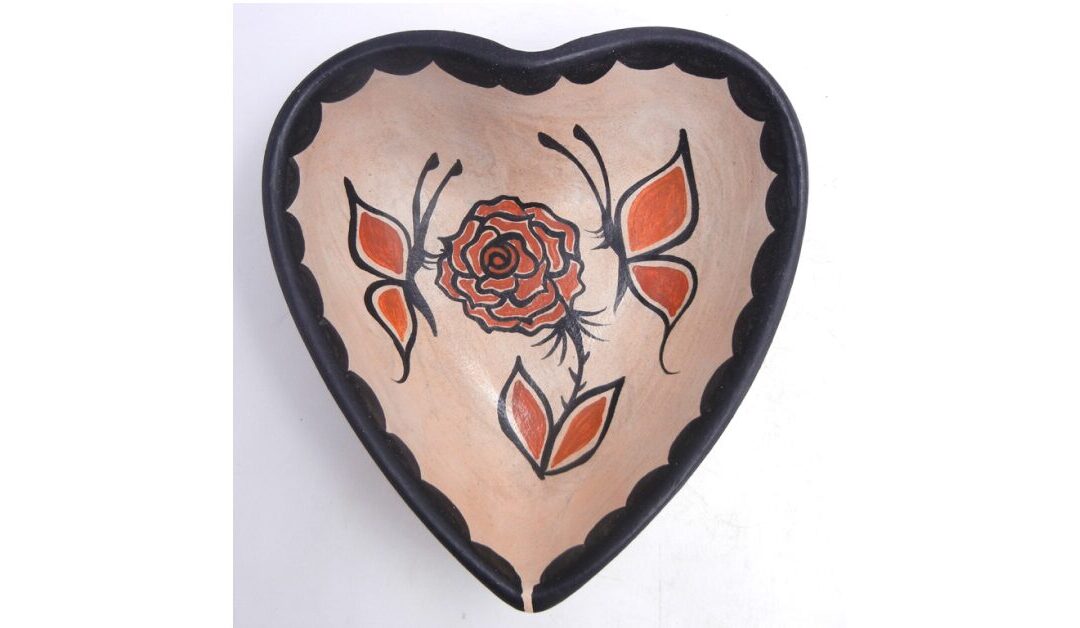Native American pottery techniques have been passed down through generations, showcasing the rich cultural heritage and artistic mastery of various tribes. Among these, the Pueblo Indians, particularly the Santo Domingo tribe, have made significant contributions to this ancient art form. Their pottery is not only a testament to their skill but also serves as a cultural symbol, telling stories and preserving traditions.
Introduction to Native American Pottery: Santo Domingo Pottery
The Santo Domingo Pueblo, also known as Kewa Pueblo, is one of the most renowned tribes for its traditional pottery. Located along the Rio Grande in New Mexico, the Santo Domingo people have a long history of creating exquisite pottery pieces that are both functional and decorative. These pieces are highly sought after, not only for their beauty but also for their cultural significance. The art of pottery-making is deeply rooted in the daily lives of the Santo Domingo people, reflecting their connection to the earth and their spiritual beliefs.
What Is Pueblo Pottery?
Pueblo pottery refers to the handcrafted ceramics created by the Pueblo people, a group of Native American tribes located in the Southwestern United States. The term “Pueblo” itself comes from the Spanish word for “village” and refers to the communities in which these tribes live. Pueblo pottery is distinguished by its unique styles, techniques, and designs, which vary from tribe to tribe.
For the Santo Domingo Pueblo, pottery is an essential part of their cultural identity. The clay used in creating these pieces is sourced from the land surrounding their village, making each piece a true reflection of the environment in which it was made. The pottery is often decorated with traditional designs and symbols that hold significant meaning, serving as a visual representation of the tribe’s history, beliefs, and way of life.
How Is Pueblo Pottery Made?
The process of making Pueblo pottery is a meticulous and time-honored tradition. It begins with gathering clay from specific locations known to produce the best quality material. The clay is then cleaned, mixed with temper (a substance that prevents the clay from cracking during firing), and shaped by hand. Santo Domingo potters typically use the coil-and-scrape technique, where long coils of clay are stacked and smoothed to form the pot’s body.
Once the desired shape is achieved, the pot is left to dry before being polished with a smooth stone, giving it a glossy finish. The pot is then painted with natural pigments, often using a yucca brush. Traditional designs, such as geometric patterns, bird motifs, and plant symbols, are meticulously applied, each carrying its own meaning. Finally, the pot is fired in an outdoor kiln, a process that requires careful control of temperature to ensure the pottery’s durability and finish.
The result is a piece of art that is both functional and deeply symbolic, reflecting the craftsmanship and cultural heritage of the Santo Domingo Pueblo. Each pot tells a story, connecting the past with the present and preserving the traditions of the tribe for future generations.
Understanding Pueblo Pottery Symbols and Meanings
The symbols and designs found on Pueblo pottery are not merely decorative; they are a language of their own, conveying messages, beliefs, and stories. For the Santo Domingo Pueblo, these symbols are deeply intertwined with their spirituality and worldview.
Common symbols include the feather, which represents the connection between the earthly and spiritual realms; the spiral, symbolizing life cycles and eternity; and various animal motifs that signify different traits such as strength, agility, and wisdom. The pottery designs often include elements of nature, reflecting the tribe’s reverence for the environment and their understanding of its vital role in their survival.
Each piece of pottery is a unique expression of the artist’s vision, yet it also serves as a collective representation of the Santo Domingo Pueblo’s identity. The designs are passed down through generations, with each potter adding their own interpretation while maintaining the integrity of traditional patterns. This continuity ensures that the cultural significance of the symbols is preserved, allowing the Santo Domingo people to communicate their heritage to others through their art.
If you are interested in learning more about Native American pottery designs, particularly those of the Santo Domingo Pueblo, or if you wish to explore the history of Pueblo pottery, we invite you to visit Palms Trading Company, a renowned Native American Arts trading company. Our collection includes authentic pieces that embody the traditional Pueblo pottery designs and symbols. Contact Palms Trading today to discover the artistry and cultural significance of these timeless works.



